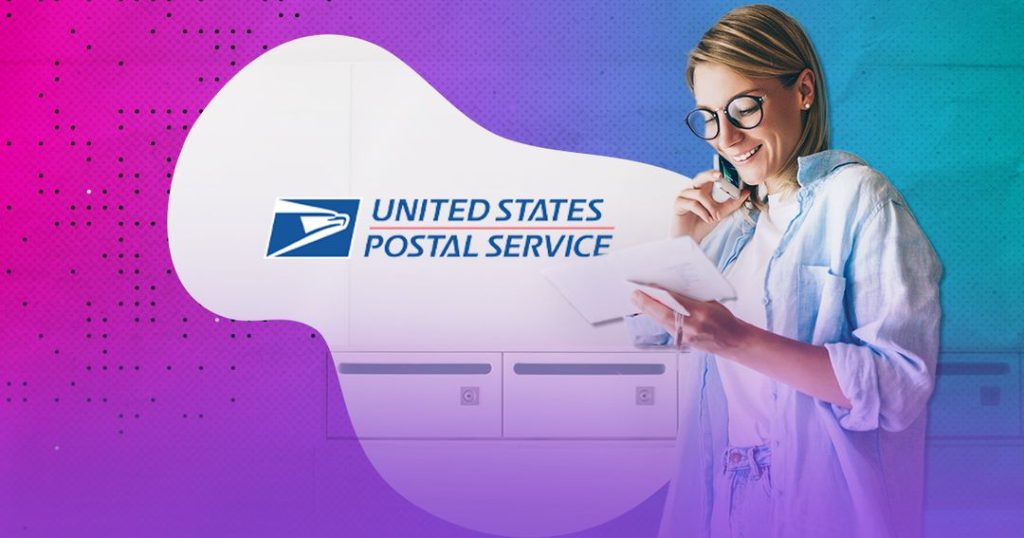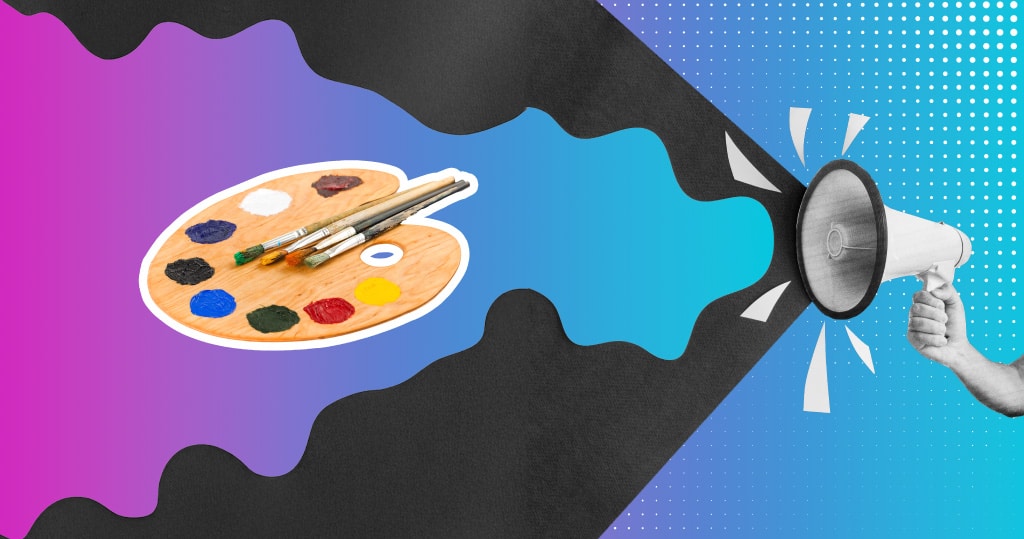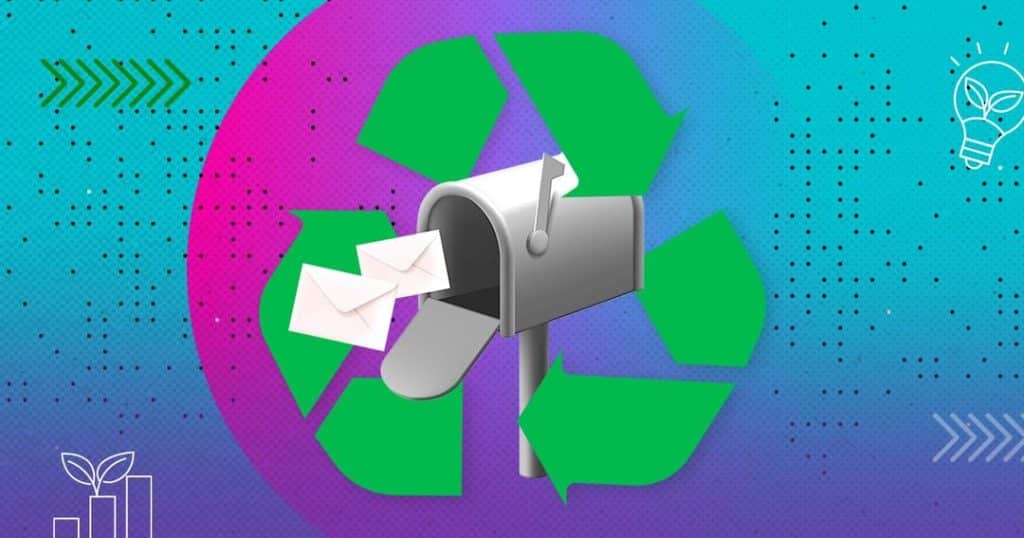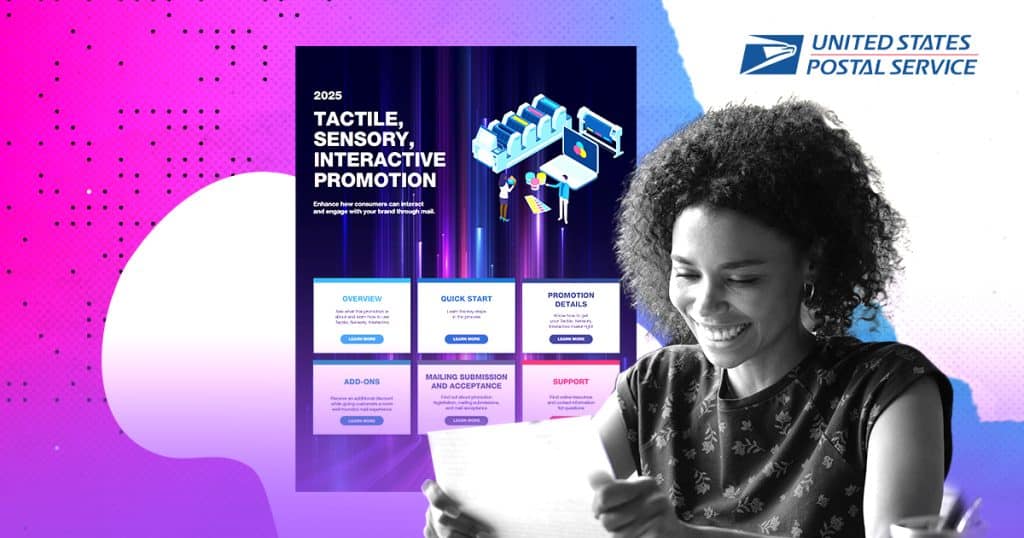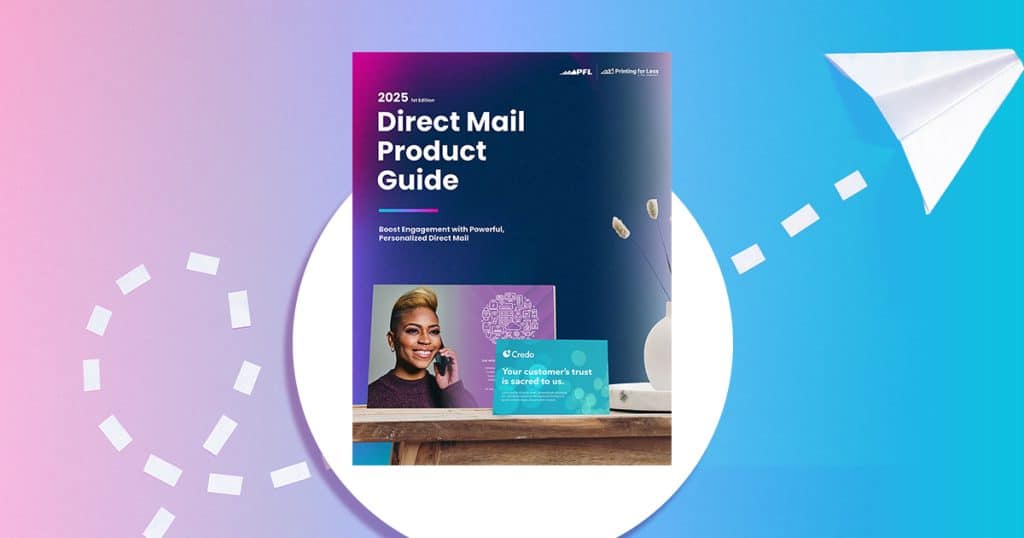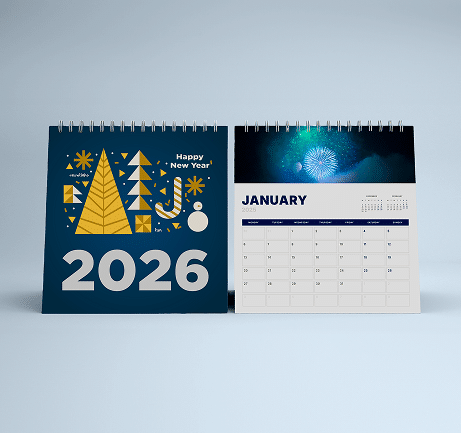
Every donation counts toward your nonprofit’s cause. But what if, beyond one-time donors who gave when they felt inspired, you had a constant community dedicated to pushing your mission forward?
A member program allows you to turn passive contributors into active partners in advancing your impact. Your nonprofit collects monthly or annual fees from its members while providing incentives such as exclusive content and event discounts. The result: lifelong support you can count on year after year.
However, building a thriving member program requires a thoughtful marketing strategy that sparks the interest of potential members and keeps existing ones engaged. Let’s explore four practical tips for boosting your reach.
1. Highlight the benefits of membership online.
Member benefits turn your nonprofit’s program into a mutually beneficial opportunity, increasing the likelihood that people will join. You could send out members-only newsletters, offer discounts for your online store, or provide free online learning courses related to your cause—whether that’s anything from sustainable living to digital literacy.
To maximize awareness of these enticing benefits, showcase them across various online platforms. For example:
- Create a dedicated member benefits page. On your website, provide a one-stop resource for people to learn more about your member program. If you have membership tiers, outline which benefits each level includes. Ask your existing members for testimonials you can add to the page, describing their reasons for joining and the value of their membership experience.
- Send targeted emails spotlighting benefits. Segment your email list to highlight member benefits that resonate with various groups in your audience. For instance, if members receive invitations to exclusive events and early registration privileges for general activities, share these perks with all of your past event attendees.
- Post about member benefits on social media. Create visually engaging posts that illustrate the benefits of your membership program, such as snapshots from your latest members-only event or the t-shirts members receive upon joining. Include a hashtag, like #WhyJoin[Nonprofit’s Name], to increase engagement and visibility.
Maintain consistent branding across your marketing materials to build trust and streamline the member signup process to remove any potential obstacles to joining.
2. Use direct mail to connect on a personal level.
In the age of digital communication, a physical letter or postcard can really make a lasting impression on potential members. While it may not be feasible to send direct mail to everyone in your audience, it’s a powerful way to connect with the most promising prospects for your program.
Look in your nonprofit’s database for repeat donors, long-time volunteers, and lapsed members who are the most likely to be interested in joining. Then, send a compelling letter or postcard that:
- Addresses the recipient by name. A personalized greeting helps your audience feel individually valued by your nonprofit. If possible, reference their past involvement and the impact they’ll create as a member. For example, you might tell a monthly donor that joining your program will allow them to continue their support while unlocking access to discounted event tickets.
- Incorporates a persuasive offer. To inspire immediate action, consider launching limited-time incentives for new members, such as one month of free membership or reduced dues for the first three months.
- Includes an eye-catching call to action (CTA). Make it easy for your direct mail recipients to take the next step by adding a prominent CTA and straightforward instructions on signing up for your member program. Display your registration link and a QR code that takes them directly to the page. You might even include a pre-addressed return envelope if recipients prefer to join that way.
Be creative with your direct mail marketing campaign to provide a memorable experience for recipients. Take the Convoy of Hope, for instance. The disaster-relief nonprofit wanted to incentivize GivingTuesday donations by sending branded t-shirts along with their thank-you letters to donors. This campaign resulted in much higher engagement than the nonprofit could have anticipated, raising over $100,000 more than the previous year.
3. Create a referral program to broaden your audience.
Imagine you’re trying to decide between two similar restaurants, both with equally raving reviews online. However, you hear from a close family member that they had a fantastic experience at one of the restaurants. Chances are, you’ll be more inclined to try the option your family member recommended.
A member referral program operates similarly. Even if your nonprofit’s marketing materials are strong, a personal endorsement from a trusted individual can be the ultimate deciding factor for someone to join. Getting Attention’s membership marketing guide recommends offering rewards for referrers and referees, such as membership discounts, and setting a benchmark for how long referred members must stay to receive the reward.
Additionally, host exclusive member events with a “bring a friend” option to introduce more people to your program. Even if the guests don’t become members immediately, follow up with them to build their interest. According to iMIS, an engagement management system (EMS) is the perfect solution for tracking and accessing a holistic view of your members. Use your nonprofit’s data to create strategic plans for strengthening relationships with potential members.
4. Improve your messages with A/B testing.
Acquiring members shouldn’t be a guessing game. Hone your marketing and member engagement strategies by conducting A/B testing. To do so, you create two versions of your content—whether that’s a website page, an email, or a social media post. Change only one variable at a time, such as:
- Subject line wording
- CTA text
- Button design
- Delivery time
- Image choice
- Message length
Then, publish the two versions or send the messages to two similar groups in your audience. Track key performance indicators (KPIs), including click-through and conversion rates, to see which performs better. Use an online statistical significance testing tool to verify that the difference in performance is large enough to be meaningful and not due to random chance.
Use your A/B testing results to make data-driven improvements to your membership marketing strategies. For instance, you might determine that the time of year significantly affects audience engagement and decide to ramp up your marketing efforts during the holidays when generosity peaks.
Remember that a strong marketing strategy continually adapts to your audience’s shifting needs and interests. Stay on top of recent trends in direct mail, social media, and email marketing to find new ways to connect with potential members. Survey your existing members to find out what inspired them to join, and use these insights to refine your marketing approach going forward.

